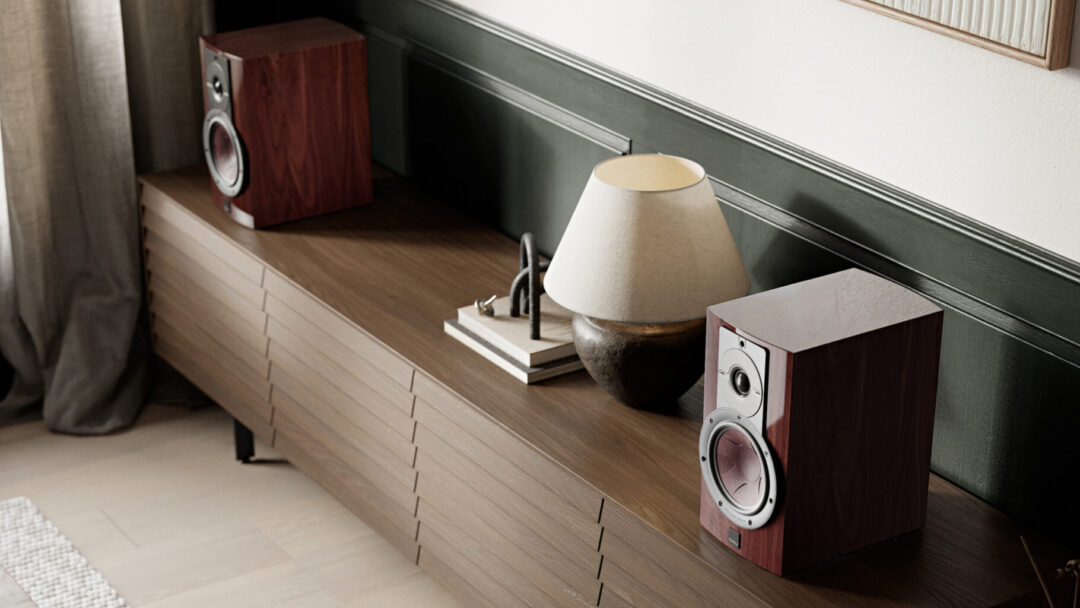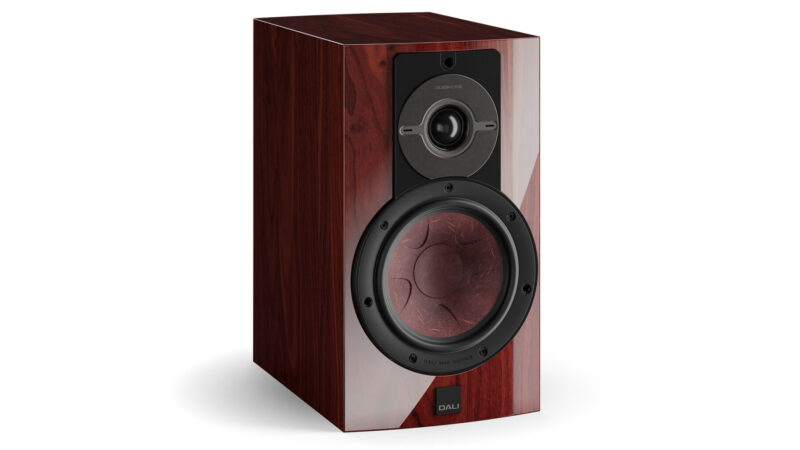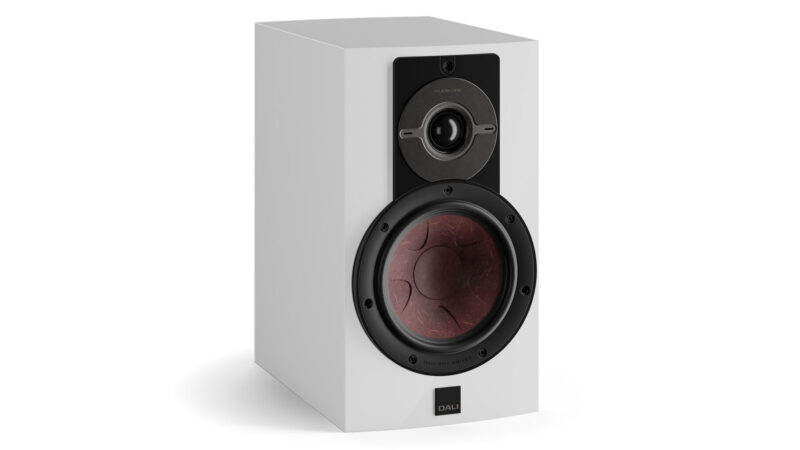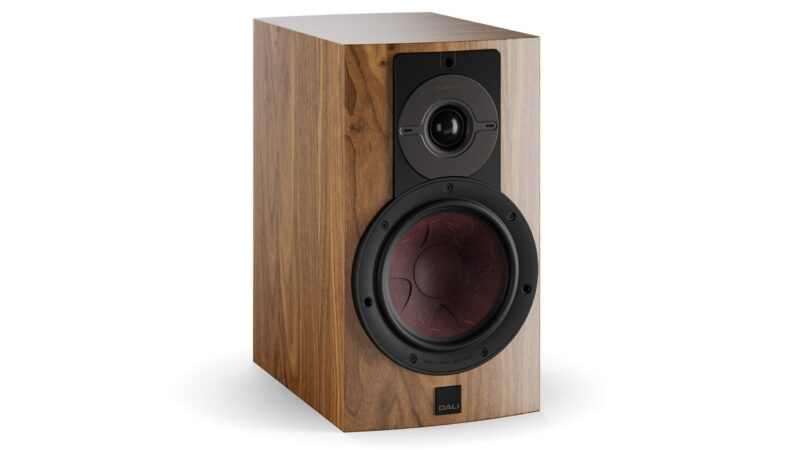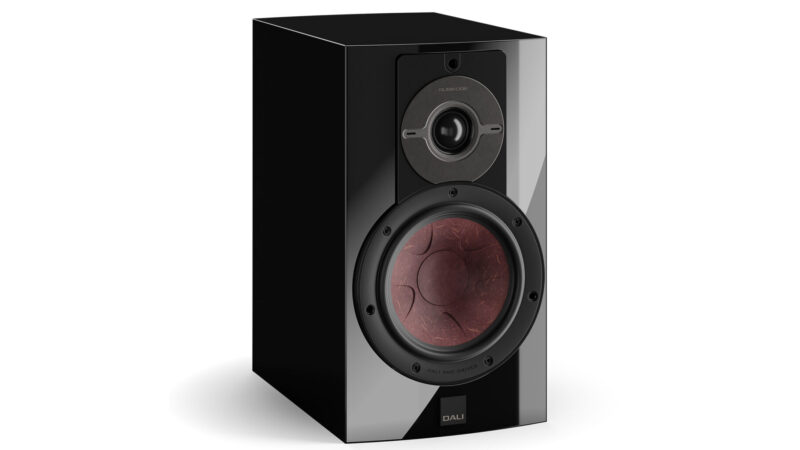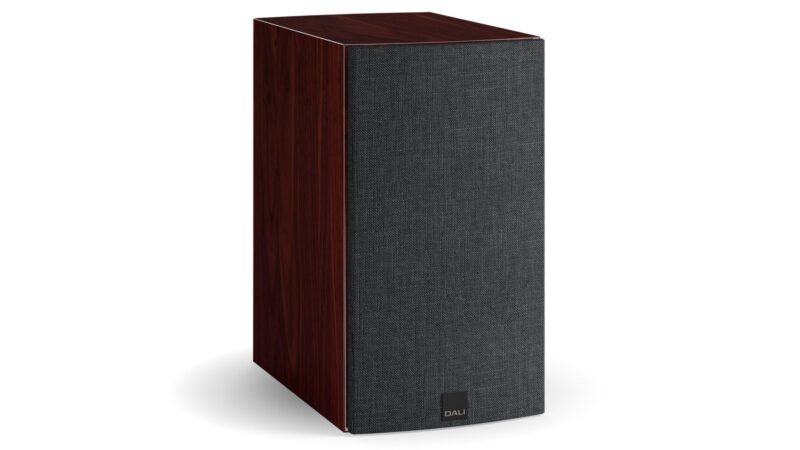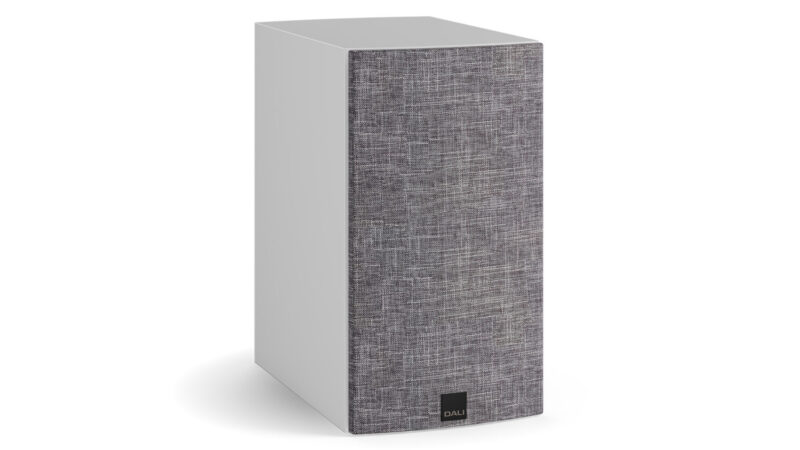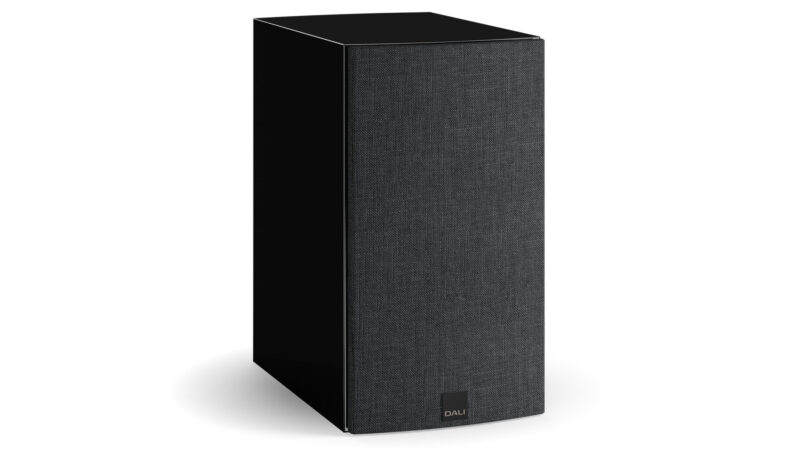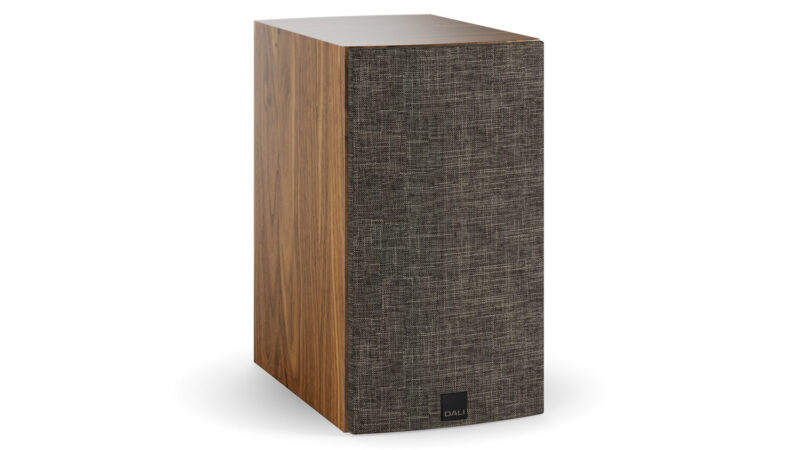DALI’s new series, Rubikore, is, as the name suggests, a love child between the 10-year-old Rubicon series and the high-end flagship DALI Kore, which we named speaker of the year last year. The Rubicon models are now being retired and replaced by Rubikore.
We have – as the first media on the planet – had the opportunity to review the smallest model in the series, the DALI Rubikore 2.
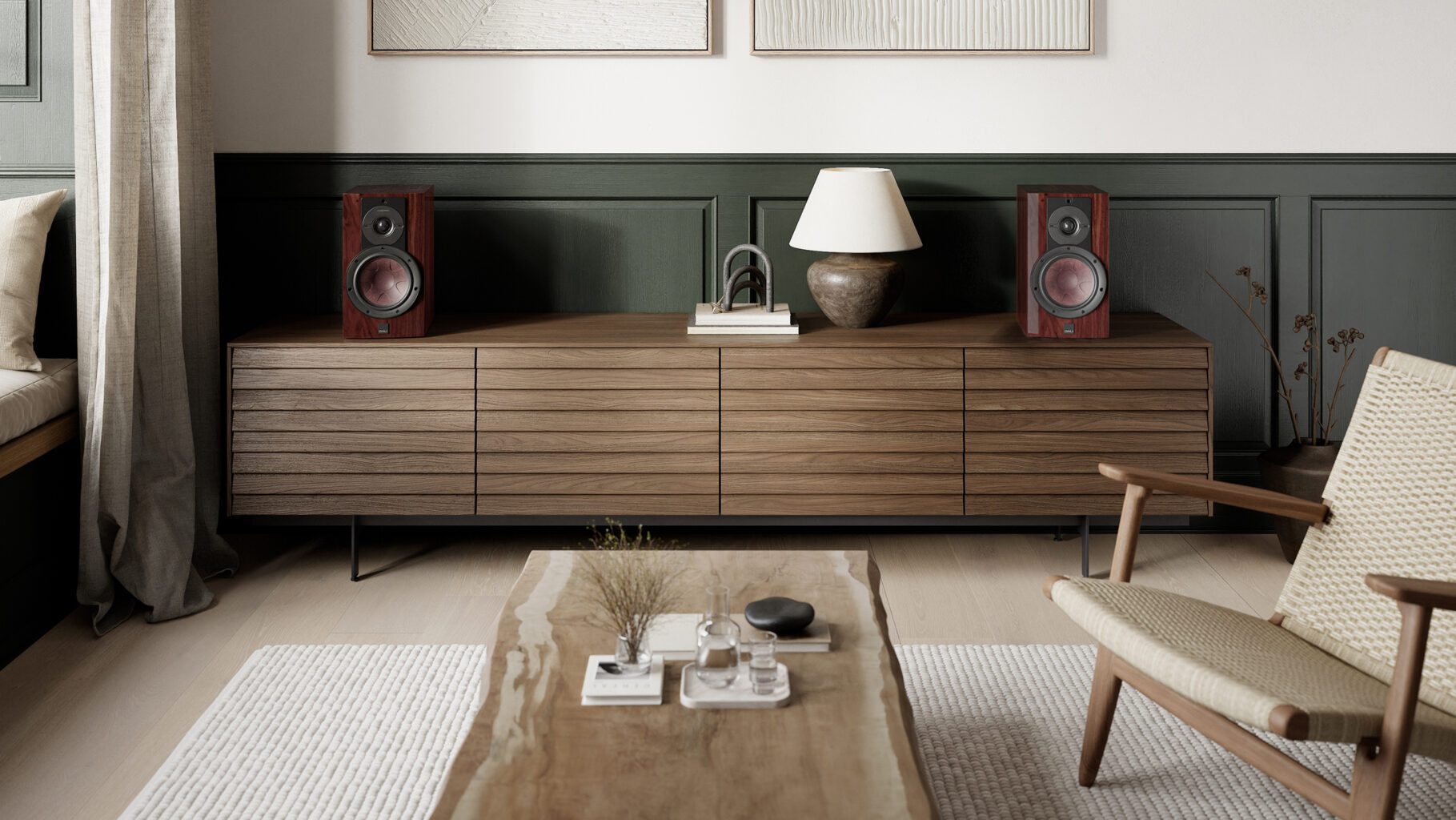
DALI Rubikore 2 looks very similar to its predecessor. This is not surprising, since the same cabinet is used. The interior, however, is completely different. And whereas the maroon version was previously matt lacquered, it now has a high-gloss finish.
It sounds like a small change, but the result looks like a million bucks. And when it comes to speakers, this is not just a figure of speech. It simply looks absolutely stunning.
The maroon version comes with a front grille fabric in a dark grey, coarsely woven quality that looks really classy. However, the grilles are still allowed to remain in the packaging.
The Dali Kore costs a whopping €80,000 - fortunately, you can hear why.
At the back of the cabinet you’ll find the bass reflex port and four solid terminals that allow for bi-wiring.
The drivers, consisting of a 6.5″ midwoofer and a 29 mm dome tweeter, look similar to those of Rubicon 2. But they are brand new.
What is Clarity Cone?
The midwoofer has a so-called Clarity Cone. Behind the homegrown and probably trademarked terminology is a cone made of DALI’s wood fibre/paper pulp, pressed in a special pattern. The developers at DALI discovered that breaks and intrinsic resonances in speaker cones always occur in symmetrical patterns – and thus always in an even number of areas. The embossed five-pointed pattern in the diaphragm breaks and dampens the resonances.
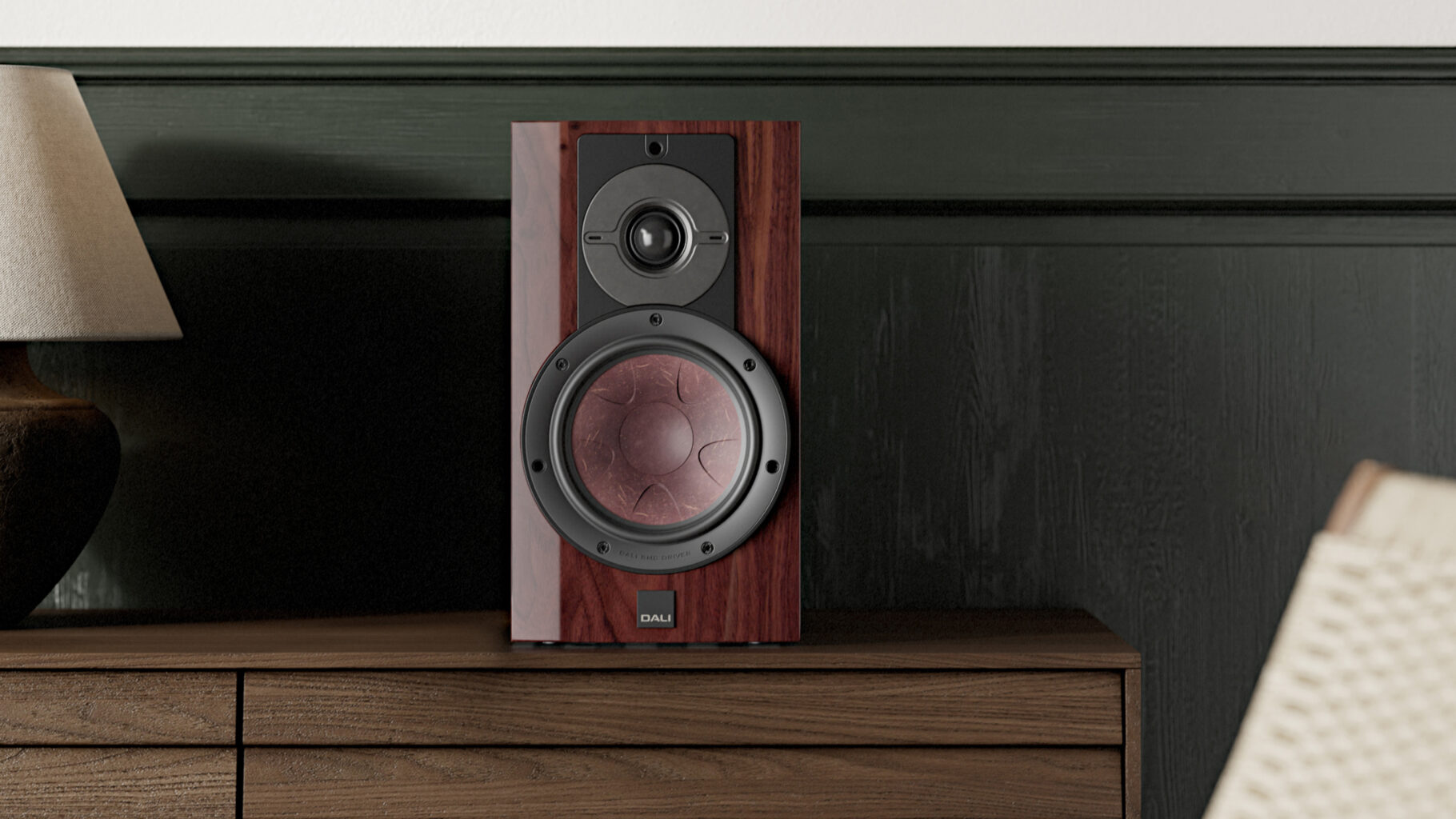
Oil-free tweeter
Since the 1970s, the use of magnetic oil in the voice coil gap of high-end tweeters has been common practice in loudspeaker design. The oil dampens resonances and cools the voice coil – and it also helps to centre the coil in the voice coil gap.
Unfortunately, according to the engineers at DALI, the viscous oil also has the property of slowing down the movement of the coil and thus limiting dynamics. That’s why in the ambitious Kore, they’ve moved away from magnetic oil. This is now inherited into the Rubikore series in a newly designed 29 mm tweeter unit.
Other subtleties borrowed from or inspired by Kore include the use of DALI’s SMC magnetic material, which reduces distortion compared to conventional magnetic materials. SMC is used in the pole piece of woofers, but the news is that SMC is now also used in the coil cores of the crossover. The crossover also has capacitors from Mundorf, which is usually a quality mark. The bass reflex port is so-called continuous flare, which means that it is not conventionally tubular, but has a softly curved rounding at both ends to prevent turbulence.
Setting up
DALI Rubikore 2 is a standmount speaker. You could also call it a bookshelf speaker, but don’t get any “good” ideas from that! Placing the speakers on a sideboard is possible, but they are best positioned on suitable stands pulled out slightly from the wall and corners. For me, half a metre away from the back wall provided a reasonable balance, but this is a matter of trial and error.
Dali has given one of it's most beloved models a loving update. The result is almost magical.
Most speakers perform best when angled towards the listening position, but DALI insists that their speakers should be playing straight forward into the room. As there were no DALI representatives present in the room during the test, I took the liberty of trying both options. The result is not a clear-cut answer. Playing straight into the room, the balance in the treble was best. However, with a slight angling towards the listening position, I achieved a slightly better subjective perspective. What works best probably depends on both décor and taste. In any case, the DALI Rubikore 2 presented a reproduction and especially a perspective that is far beyond expectations.
Deserves a good amplifier
DALI Rubikore 2 has a sensitivity of 87 dB, which is quite typical for compact standmount speakers. DALI itself recommends pairing them with amplifiers of 40-150 watts (at 4 ohm load). I used them with the NAD C 298 power amplifier, which provides 2 x 340 watts into 4 ohms, which of course was more than plenty, but worked brilliantly.
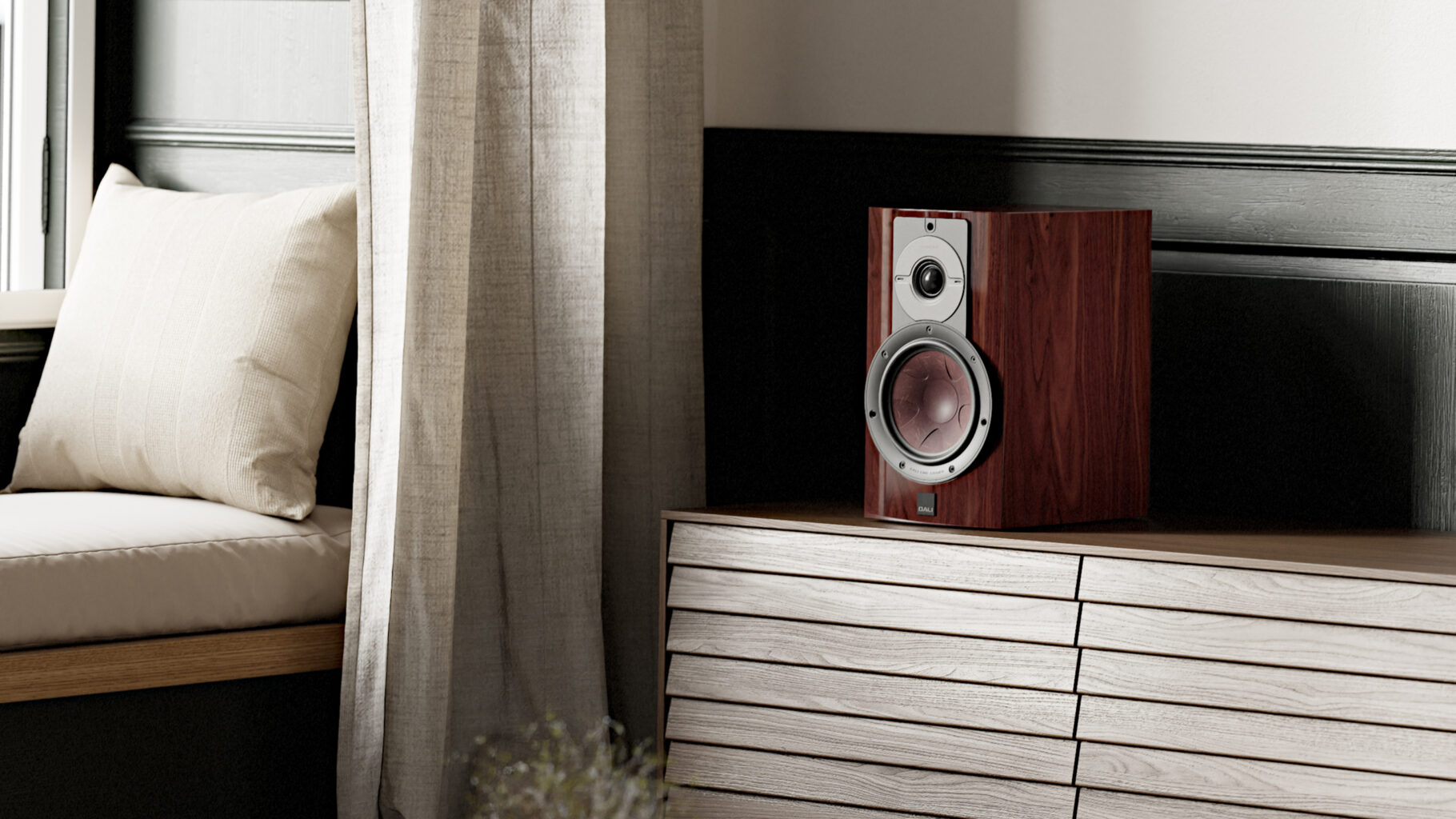
Rubikore 2 should be a relatively easy load for most amplifiers due to a well-controlled impedance curve. But beyond the pure power requirements, they deserve a good amplifier. I’ve used the NAD set in many reviews, but the DALI Rubikore 2 managed to reveal nuances in reproduction that I hadn’t heard on other speakers.
The sound of DALI Rubikore 2
In short: DALI Rubikore 2 is damn good!
Rubikore 2 is not the answer to every question, they don’t fit in every living room and every system, and I’ve heard many speakers that were better by one criterion or another. They were also all much more expensive.
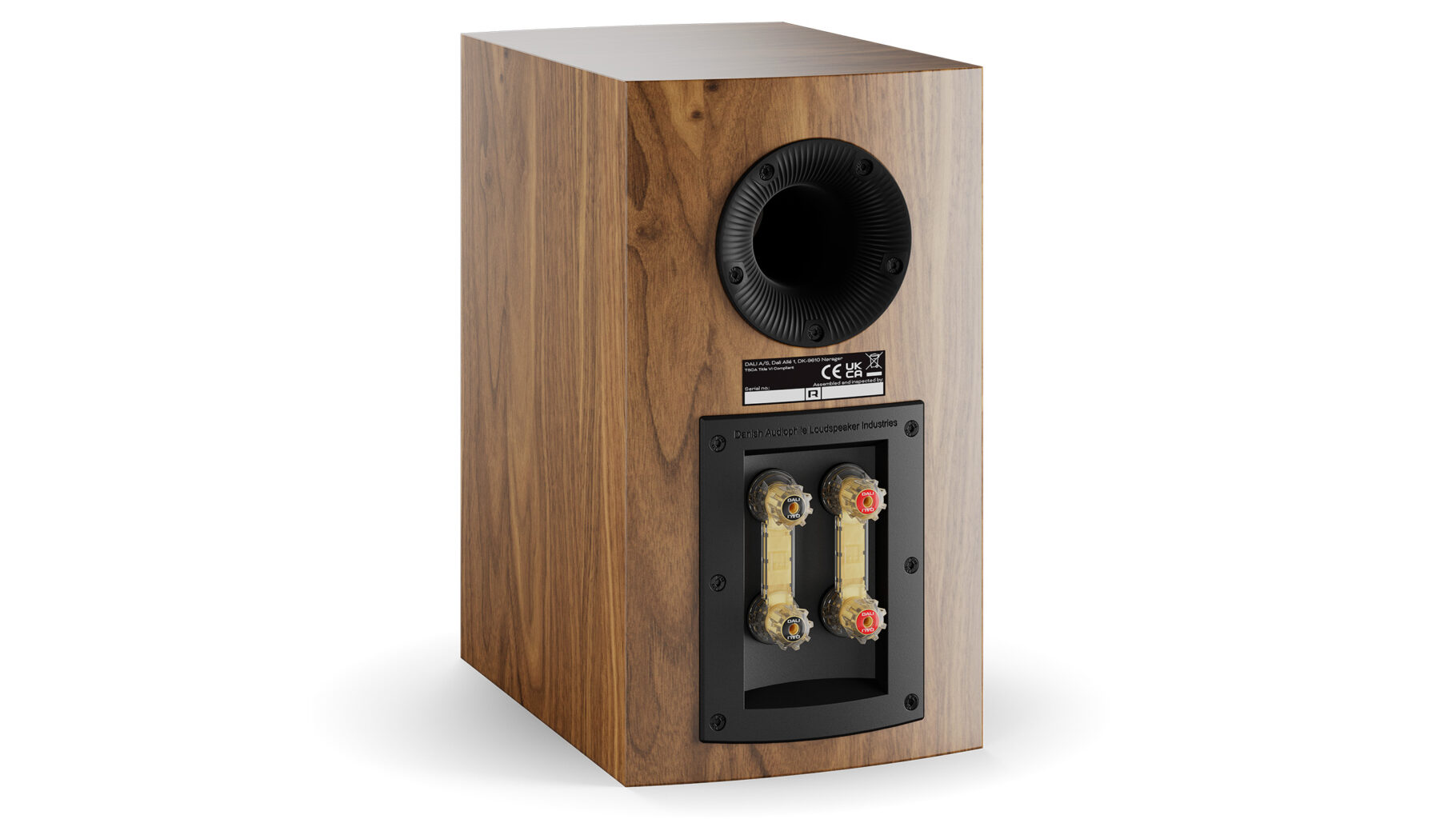
However, it’s rare to experience such a large and open soundstage from a compact standmount speaker. DALI Rubikore 2 produces an acoustic stage that is both wide and deep and tall – far beyond both the speaker placement and the dimensions of the listening room. That is, if there is any spatial information on the recording.
Acoustic concert recordings are not the only ons to benefit from this great perspective. Artificially added reverb is reproduced just as mesmerisingly and with a good sense of both depth and height. On a track like Fishing Junks at Sunset from Jean-Michel Jarre’s Concerts in China, where a large orchestra is on stage, the real concert acoustic is mixed with synthesiser sounds. I’ve used that track many times to test depth and height perspective. But I’ve never before experienced the artificial sounds floating so almost tangibly in the air above the orchestra.
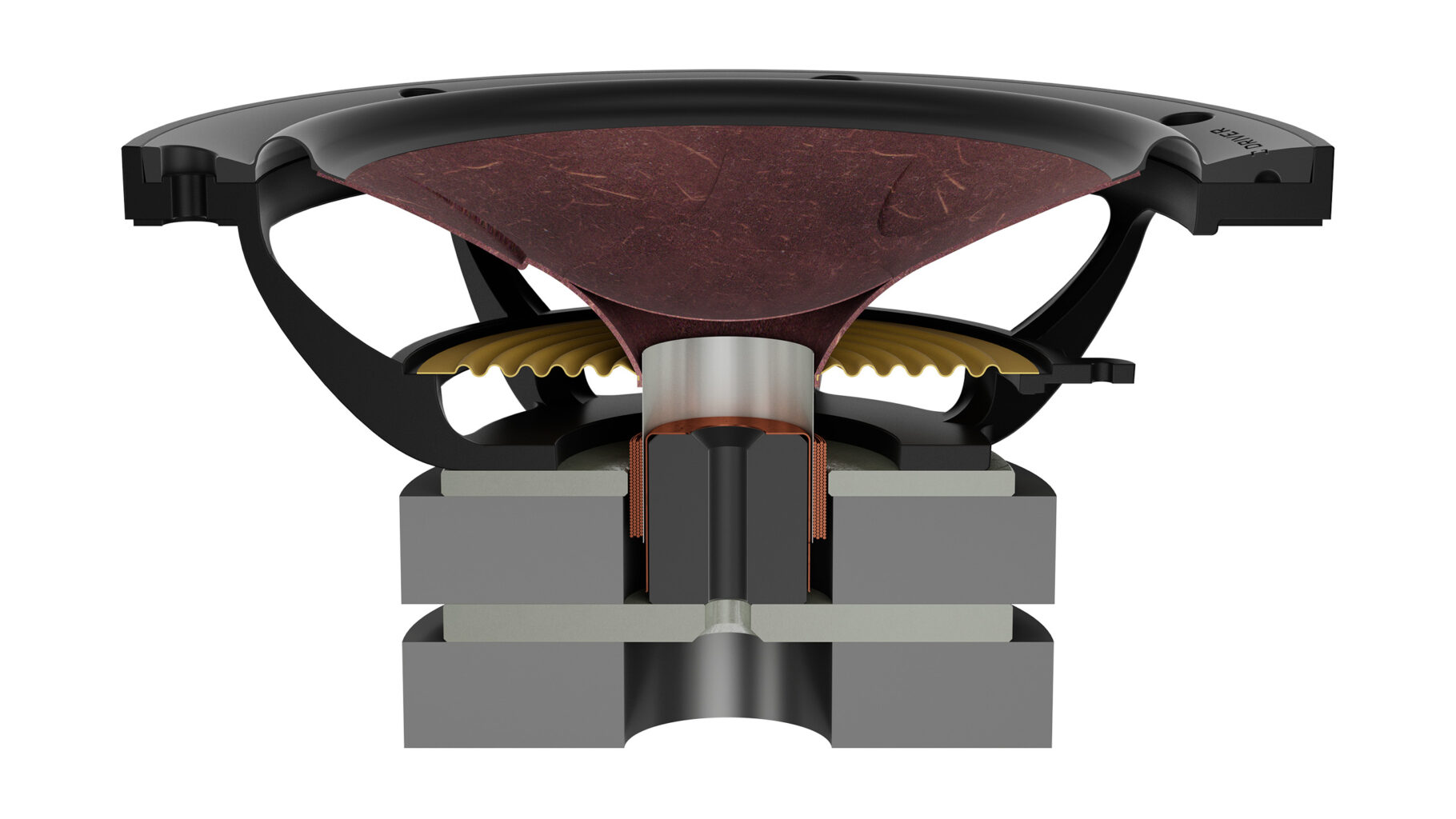
Dynamic – also when it’s quiet
And it’s not just about the size of the room, but just as much about resolution and detail. Time and time again, I discover little nuances in the tracks that I thought I knew in depth, but just hadn’t been discovered while listening. Dynamics is not only about the ability of a piece of equipment to reproduce the biggest peaks in music, but also about lowering the acoustic “noise floor” that usually masks the smallest sound information.
Rubikore 2 has a very detailed and accurate sound reproduction, but they are not designed as a tool for fault finders and nitpickers. Although the music is reproduced with more detail than most speakers in my test room, it’s all about the music. The speakers have a voicing (tonal balance) that one might dare to call popular. It’s about a certain warmth in the upper bass range that gives a little more body to voices and acoustic instruments.
It’s all about music
This is by no means a “disco hump” – just a slight fullness that makes listening to your favourite tracks a little more enjoyable. And since the bass response is still accurate and clean, it’s easy to forgive. In fact, the bass is really clean and nuanced, and there’s not the slightest hint of “one-note-bass”. On the Telarc version of Johann Strauss’s Banditen Galop, the timpani often sound like an indeterminate rumble in the concert hall. But on the Rubikore 2, you can clearly hear that these are tuned instruments. Similarly, on my colleague Lasse Svendsen’s favourite album, Köln Koncert, you can hear Keith Jarreth’s stomping on the floor with total clarity, just as there can be no doubt that it is a Bösendorfer piano and not a Steinway that the piano deity is improvising on.
Competitors
The DALI Rubikore 2 is in a price range where you can afford to ask for a lot and where there is no shortage of competitors. The Buchardt Audio S400 MKII reaches almost an octave deeper in the bass, but although the depth perspective is great, it’s not on par with the DALIs.
If your preference is more towards monitor sound, the Revival Audio Atalante 3 is an obvious candidate, which is better at revealing the final details but doesn’t manage to draw up quite as large an acoustic scene.
Conclusion
The old Rubicon series stood for really good sound at the level just below high end. And with Rubikore, the ambitions have been raised considerably. Rubikore 2 is quite simply the best two-way compact speaker in the price range I’ve heard. As a tester, I could perhaps wish for a slightly more monitor-like sound in the upper bass. But for music enjoyment, it works perfectly. And all criticism is silenced when you experience the acoustic scene the small speakers paint: clear, crisp and full of detail. If the larger members of the series are as good, it ought to be a success.

We think
Large and very precisely drawn soundstage. That speakers at this price can sound this good is almost outrageous. The playing style leans a little on the popular side. But it never gets bloated. So we're happy to forgive that.
2598 €
Specifications
- Construction principle: Bass reflex, two-way
- Woofer: 6.5″ with wood fibre clarity cone
- Tweeter: 29 mm soft dome
- Frequency range: 50 – 26,000 Hz (+/- 3 dB)
- Crossover frequency: 2,800 Hz
- Sensitivity: 87 dB
- Impedance: 4 ohms
- Recommended amplifier power: 40-150 watts
- Connections: 4 x screw/banana terminals (biwring)
- Dimensions: 19.5 x 35.0 x 33.5 cm (WxHxD)
- Weight: 9.5 kg
- Colours: High gloss black, high gloss white, high gloss maroon, walnut veneer
- Web: dali-speakers.com
